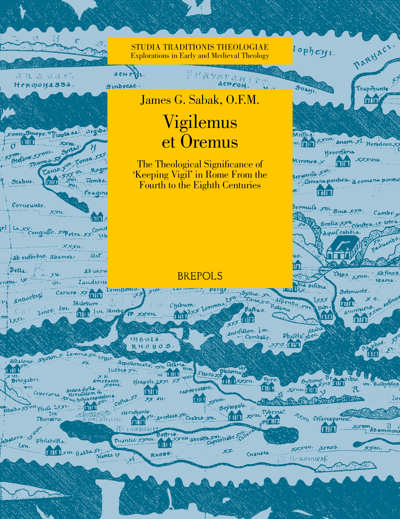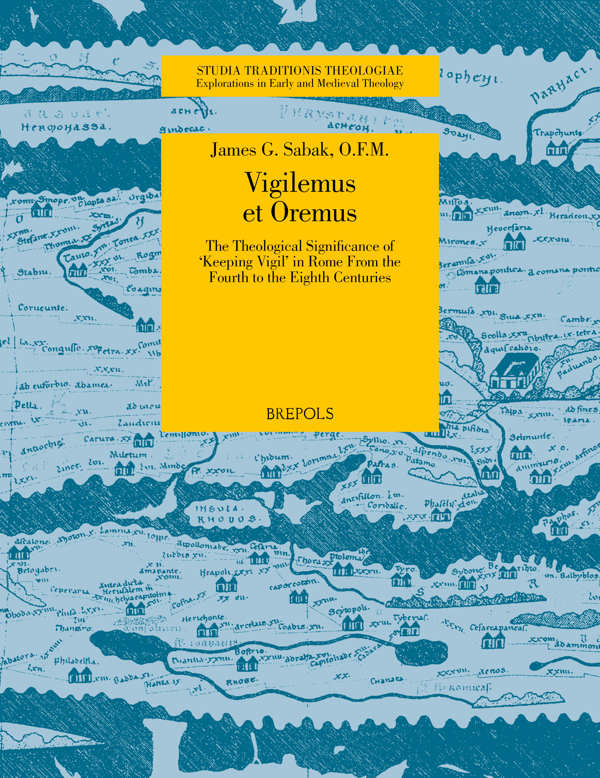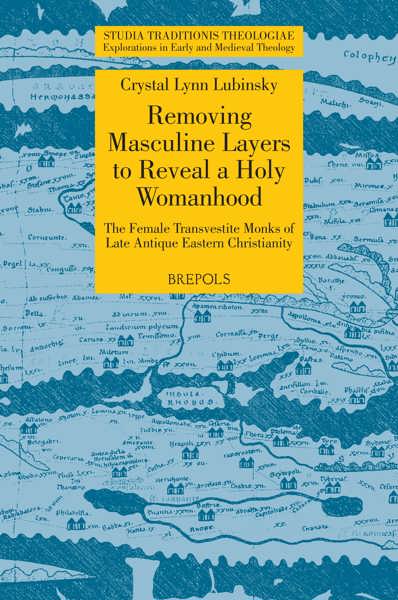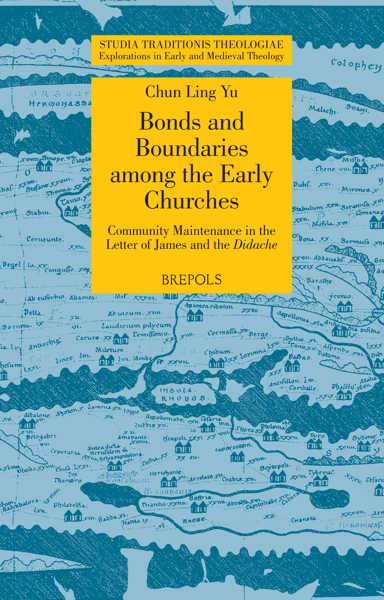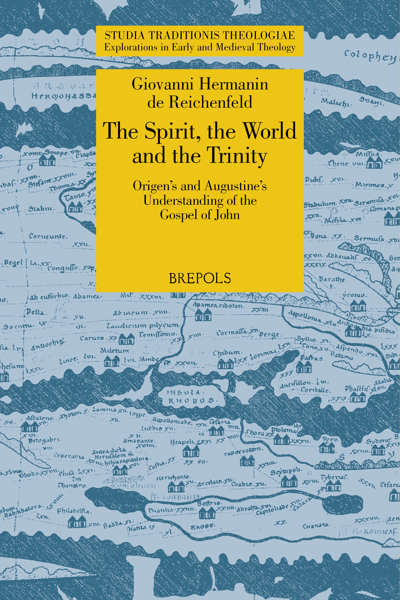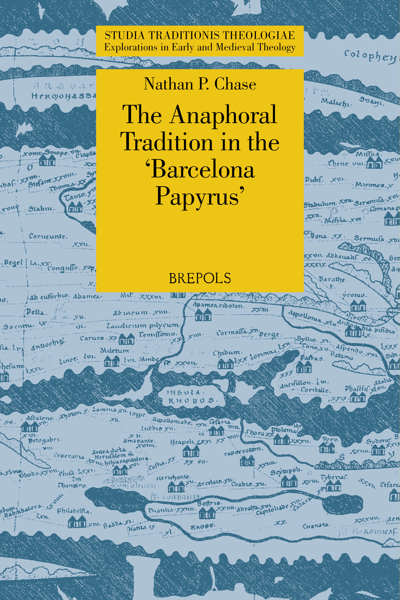
'Vigilemus et Oremus'
The Theological Significance of ‘Keeping Vigil’ in Rome from the Fourth to the Eighth Centuries
James G. Sabak, O.F.M.
- Pages: 411 p.
- Size:216 x 280 mm
- Illustrations:94 tables b/w.
- Language(s):English, Latin
- Publication Year:2021
- € 85,00 EXCL. VAT RETAIL PRICE
- ISBN: 978-2-503-59088-2
- Hardback
- Available
- € 85,00 EXCL. VAT RETAIL PRICE
- ISBN: 978-2-503-59089-9
- E-book
- Available
A thorough and detailed study of the liturgical practice of ‘keeping vigil’ in early Roman tradition and its theological significance for contemporary liturgical engagement.
"The book consists of pages of double columns ad the argumentation is detailed and dense. No stone (text or rubric) is left unturned. This is certainly not a book for the beginner or for the fainthearted. (...) Thankfully the author provides very helpful introductions and conclusions to each chapter and to the books as a whole." (John F. Baldovin SJ, in: Worship, 97, July 2023, p. 282-284)
James G. Sabak, O.F.M., is Director of Worship for the Diocese of Raleigh, North Carolina, U.S.A. and Director of Religion for The Franciscan School in Raleigh. He has taught at Siena College, The Catholic University of America, the Franciscan School of Theology, and Providence College. A member of Societas Liturgica and the North American Academy of Liturgy, he has written for Worship, Studia Liturgica, Horizons, and is a regular contributor to the “PrayTell Blog.” He also serves as the chair of the American Franciscan Liturgical Commission.
Christians have observed vigils in both East and West from earliest times. In the broad liturgical tradition of Christianity, the idea of keeping vigil appears to manifest the Church’s eschatological nature. Documentary evidence from the earliest centuries reveals that some Christians kept a night watch at the graves of martyrs and other heroes of the faith as to anticipate that dawn when the rising Sun of Justice would return in fulfilment of his promise. Eventually, vigils appear not just for Easter, Pentecost and saints’ days, but also for Christmas, the dedication of a church building, and on Saturday evening of the uniquely Roman quarterly Ember Weeks.
Liturgical sources of the sixth, seventh, and eighth centuries reveal that such practices became relatively standardized with the assignment of specific Mass texts and scriptural readings, yet we know very little about the precise elements which comprised a vigil liturgy and of their theological significance. At the same time these vigils were so important that they attracted to themselves the celebration of major sacramental liturgies during them. Hence, the Paschal Vigil, which existed for centuries as a vigil liturgy of scriptural readings and prayers gradually became the setting for the annual baptismal celebration. This book examines the nature of Roman vigil liturgies in the early centuries of Christianity to unravel the most primitive structure of keeping vigil and to provide a better understanding of the Paschal Vigil, which Augustine of Hippo affirms as the ‘mother of all vigils.’
